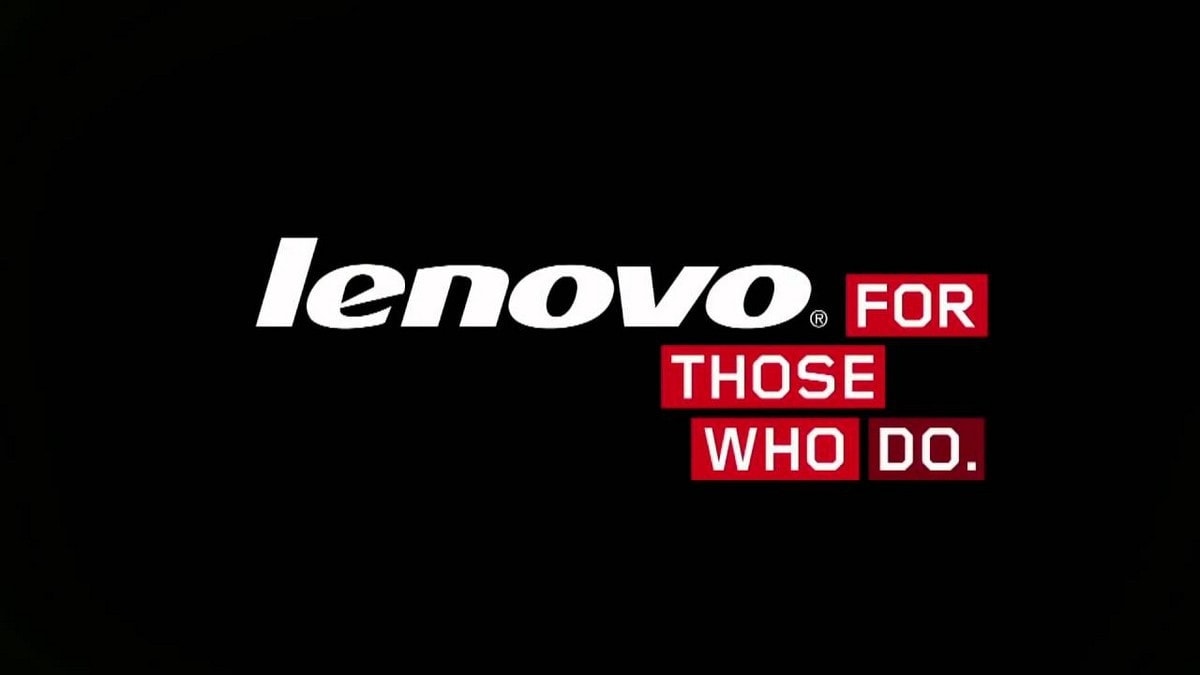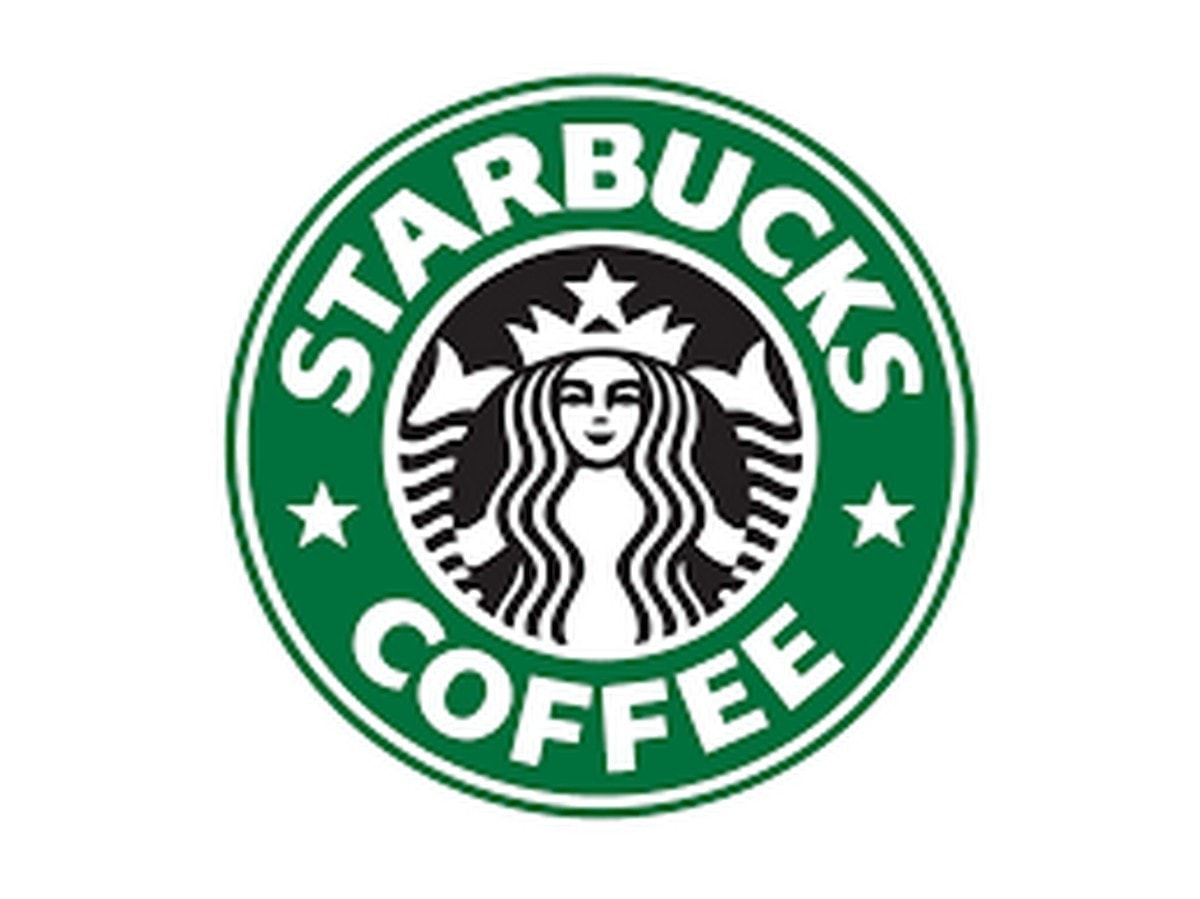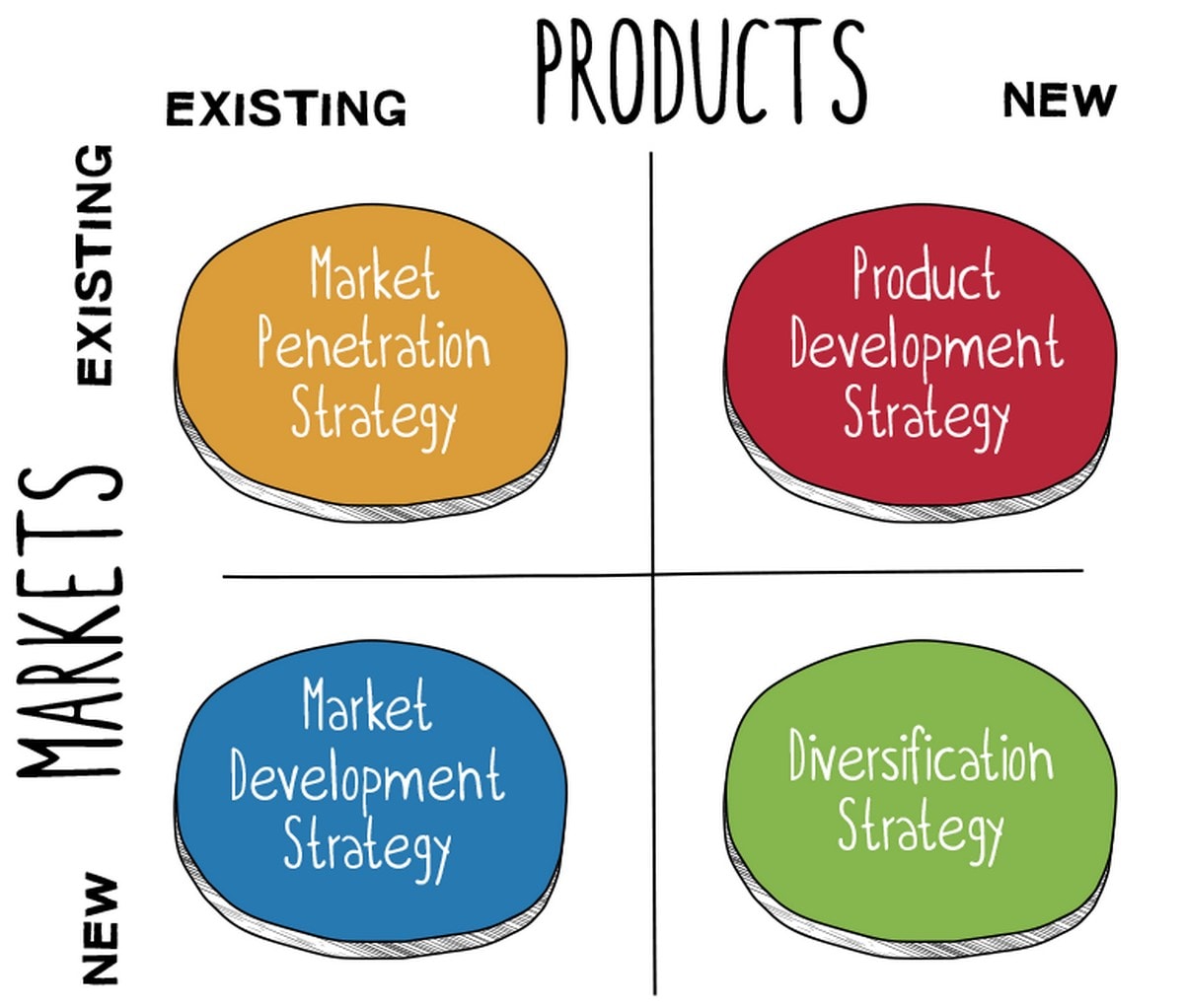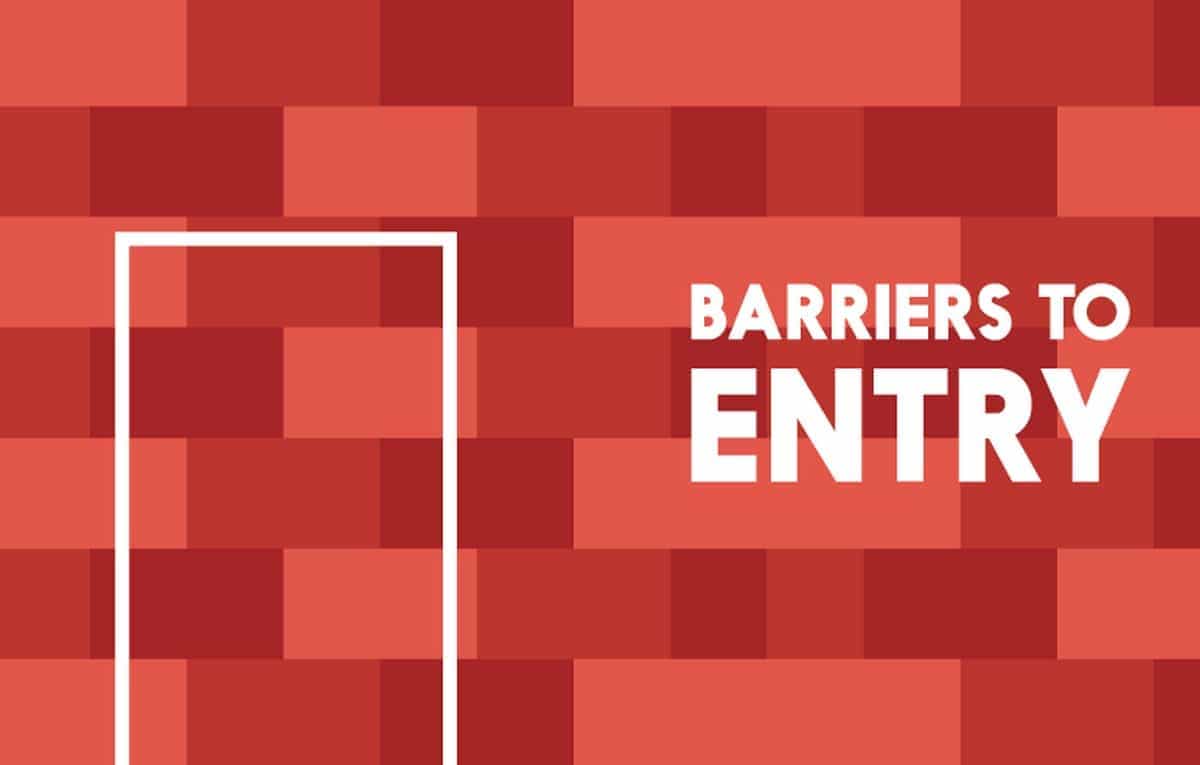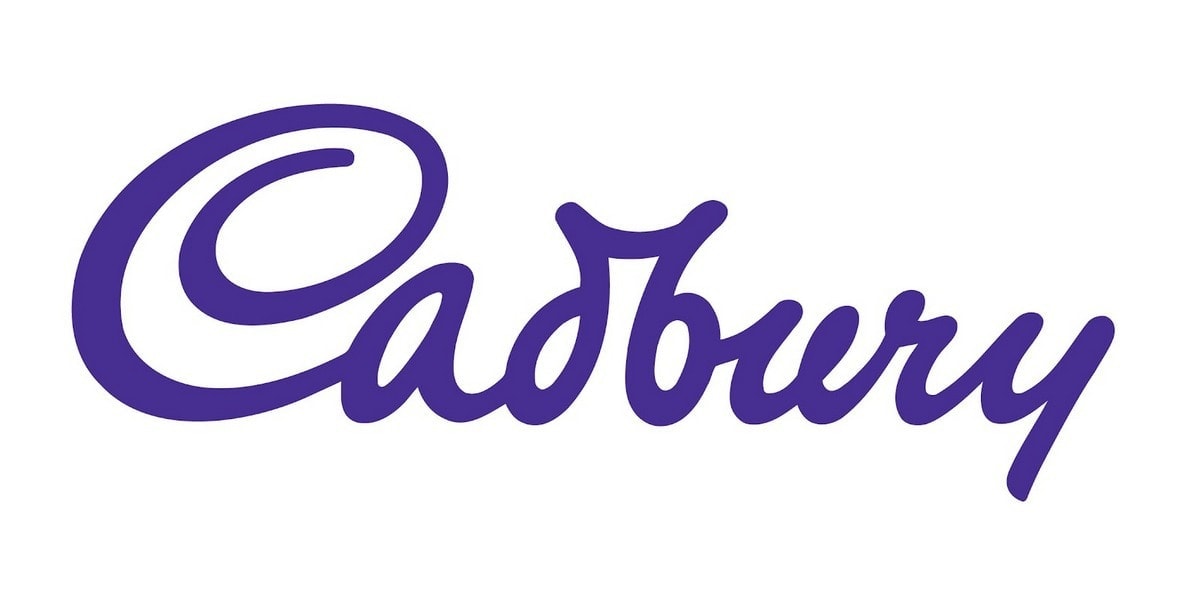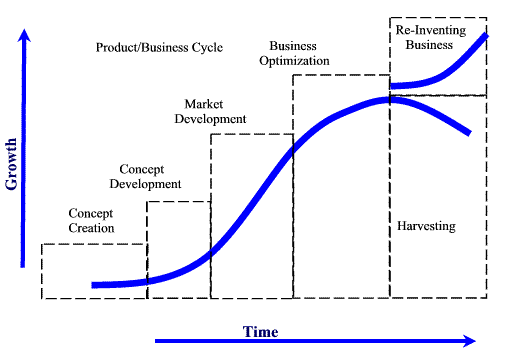
Product Life Cycle Explained - 4 stages of Product Life Cycle
Product Life Cycle
January 6, 2021 By Hitesh Bhasin Tagged With: Marketing
A product is like a human being. It is born, grows up fast, matures and then finally passes away. The product life cycle discusses the stages which a product has to go through since the day of its birth to the day it is taken away from the market. (Image courtesy – arundelstreet.com)
However, the basic difference in case of human beings and products is that a product has to be killed by someone. Either the company (to bring better products) or by competition (too much external competition). There are several products in the market which have lived on since ages (Light Bulbs, Tubelights), whereas there are others which were immediately taken off the shelf (HD DVD).
Thus the Product life cycle deals with four stages of a products life.
Table of Contents
Stage 1 of Product life cycle – Introduction of the product.
The stage 1 is where the product is launched. A product launch is always risky. You never know how the market will receive the product. There have been numerous failures in the past to make marketers nervous during the launch of the product. The length of the introduction stage varies according to the product.
If the product is technological and receives acceptance in the market, it may come out of the introductory phase as soon as it is launched. Whereas if the product is of a different category altogether and needs market awareness, it may take time to launch.
Characteristics of Introductory stages of Product life cycle
Higher investment, lesser profits
Minimal Competition
Company tries to Induce acceptance and gain initial distribution
Company needs Promotions targeted towards customers to increase awareness and demand for product
Company needs Promotions targeted towards channel to increase confidence in the product
Stage 2 of Product Life Cycle – Growth of the product
Once the introductory phases are over, the product starts showing better returns on investment. Your customers and channels begin responding. There is better demand in the market and slowly the product starts showing profits.
This is a stage where competition may step in to squash the product before it has completely launched. Any marketing mistakes done at this stage affect the product considerably as the product is being exposed to the market and bad news travels fast. Thus special care has to be taken in this stage to ensure competition or bad decisions do not affect the growth stage of the product.
Characteristics of Growth stage of Product life cycle
Product is successfully launched
Demand increases
Distribution increases
Competition intensifies
Company might introduce secondary products or support services.
Better revenue generation and ROI
Stage 3 of Product Life Cycle – Maturity stage of the product
One of the problems associated with maturity stages in a technologically advanced environment is the problem of duplication. Not only is the product available in duplicate markets, but also there are several competing products which arise with the same features and capabilities. As a result, the USP’s of the product become less attrative.
Along with competition, Penetration pricing becomes a weapon for competitors. Competitors sell products with the same features at lesser prices thereby trying to penetrate in the market. Nonetheless, The sales of a product (especially sales from return customers) is at its peak point during the maturity stages. The growth of sales may be lesser, but the sales revenue of the organization is maximum during the maturity stage of product life cycle.
Characteristics of Maturity stages of Product life cycle
Competition is high
Product is established and promotion expenditures are less
Little growth potential for the product
Penetration pricing, and lower profit margins
The major focus is towards extending the life cycle and maintaining market share
Converting customers product to your own is a major challenge in maturity stage
Stage 4 of Product Life Cycle – Stage of decline
1 product, 10 competitors, minimum profits, huge amount of manpower and resources in use – A typical scenario which a product might face in its last stage. In this stage the expenditures begin to equal the profits or worse, expenses are more than profits.
Thus it becomes a typical scenario for the product to exit the market. It also becomes advantageous for the company as the company can use resources it was spending on the declining product on an altogether different project.
Characteristics of Decline stages of Product life cycle
Market is saturated
Sales and profits decline
Company becomes cost conscious
A lot of resources are blocked in rejuvenating the dead product.
There are only three options left with the company
Re positioning or Rebranding of the product to extend product life cycle
Maintain the product as it is and reduce costs to get maximum profits till the product can produce profits
Take the product off the market.
Summary of the product Life Cycle
Characteristics of the Product life cycle
StagesIntroductionGrowthMaturityDecline1. SalesLow SalesRapidly Increasing SalesPeak SalesDeclining Sales2. CostsHigh cost per customerAverage cost per customerLow cost per customerLow cost per customer3. ProfitsNegativeMore ProfitHigh ProfitDeclining Profit4. CustomerInnovatorsEarly AdoptersEarly Majority + Late MajorityLaggards5. CompetitorFewMore in numberStable number, beginning to declineDeclining numbers.
Objectives of Product Life Cycle
StagesIntroductionGrowthMaturityDeclineObjectives:Create product awareness and TrialMaximize market shareMaximize profits and defend market shareReduce expenses & milk brands
Strategies of Product life Cycle
StagesIntroductionGrowthMaturityDecline1. ProductOffer basic productOffer product extension, service, warrantyDiversify brands / modelsPhase out weak products2. PriceChange cost +Price to penetrate marketPrice to match better competitionCut price3. DistributionBuild selective distributionBuild intensive distributionBuild more intensive distributionSelective phase out of unprofitable unit
4. Advertising
Build product awareness among early adopters and dealersBuild awareness and interest in mass marketStress on brand difference and benefitsReduce to retain hard core loyals5. Sales
Promotion
Use heavy sales promotion to induce trialReduce sales promotion due to increased consumer demandMore sales promotion to encourage brand switchingReduce to minimum level
Video on the Product Life Cycle

